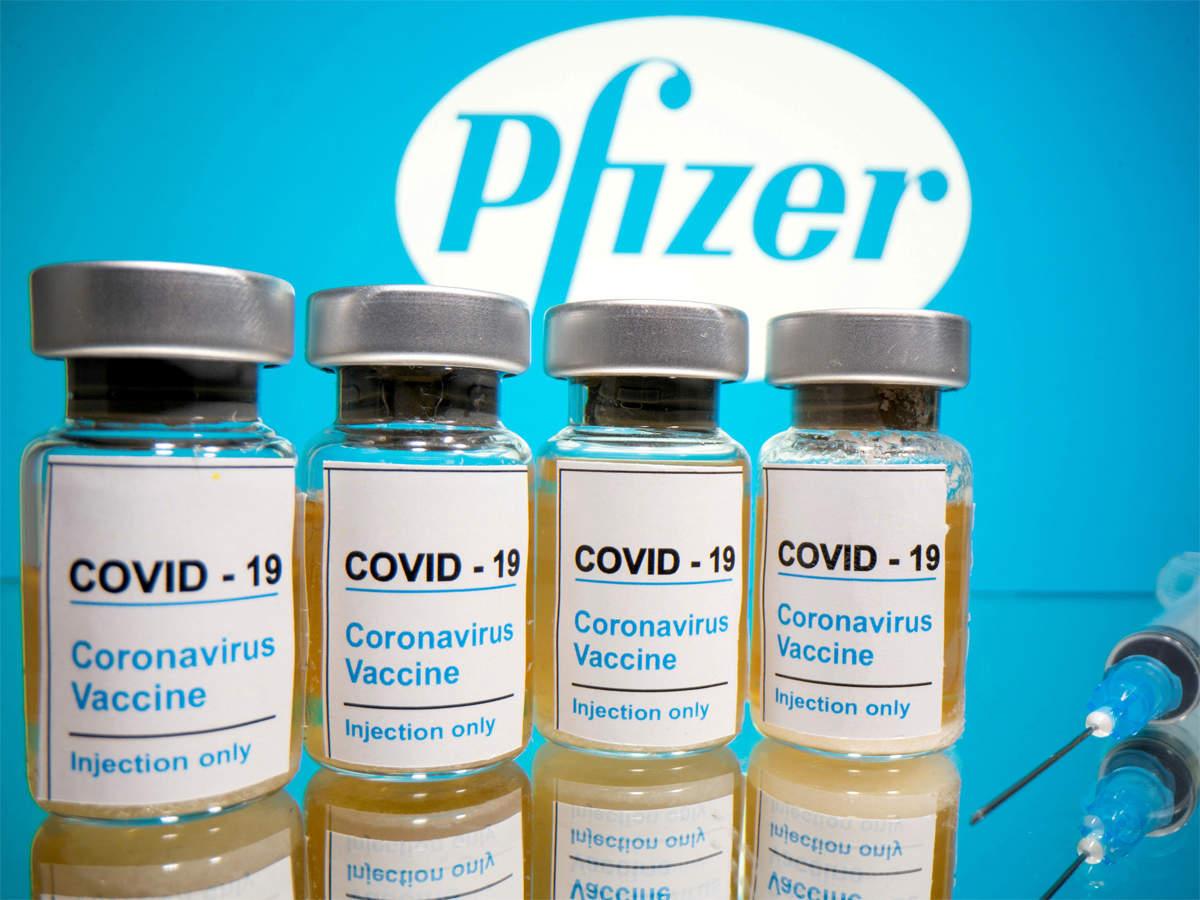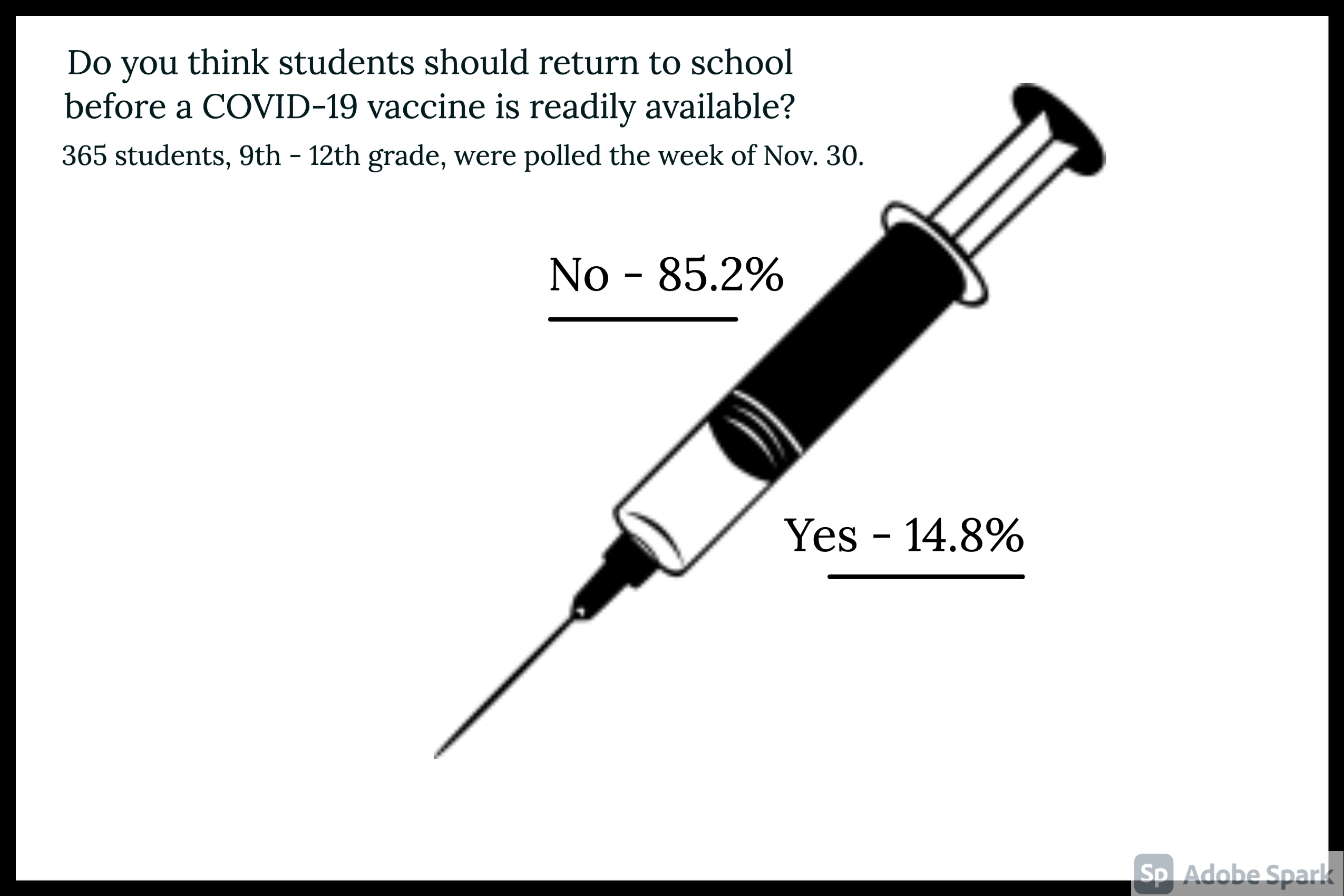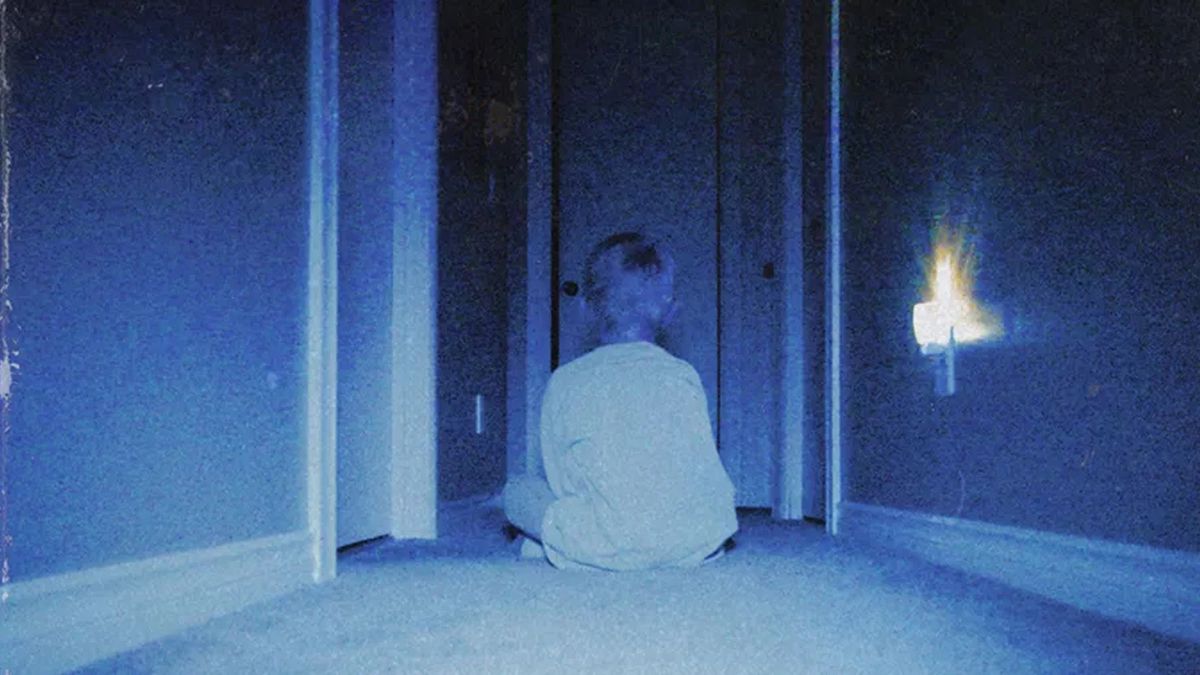Staff Editorial

During the few months that school has been back in session, students and staff have felt the loss of contact with their peers. Although many hope for the reopening of schools, the dangers of returning pose a threat to all. With the unpredictability of the pandemic, it is not safe enough to return back to school before the COVID-19 vaccine is released to the general public.
On Dec. 2, vaccine researchers introduced the possibility of an effective vaccine. According to BBC, the developers, Pfizer and BioNtech, administered the vaccine to 43,000 people with a 95 percent rate of effectiveness. The Wall Street Journal reports that the FDA’s Vaccines and Related Biological Products Advisory Committee approved the vaccine for emergency use as of Dec. 11, but until it is approved for wide distribution, large gatherings formed by school reopenings present a risk to those involved.
In a small setting such as a classroom, social distancing is difficult to maintain. The CDC recommends to stand six feet apart at all times to prevent spread of the virus. However, with nearly 1,083 students returning back to school for hybrid learning, it is likely that staff will be unable to manage social distancing for all 27.5 percent of 3,040 students.
While the CDC outlines sanitation precautions for classrooms, such as regular disinfection and desk shields, students are still liable to infection while moving from class to class. During the five minute passing period, crowded hallways leave many vulnerable with no protections other than masks.
Although children are considered lower risk than adults and people with medical conditions, one-third of all children hospitalized with COVID-19 are admitted to the intensive care unit, which is the same as the ratio for hospitalized adults, according to the CDC.
With a larger circulation of people for the virus to spread through, it is likely that those residing in the same living space as an affected student could contract the disease. Johns Hopkins Medicine reports that family members categorized as high risk— such as those with heart disease, diabetes, or aged 65 years and older— would be heavily affected due to their predisposed conditions. As a result, if they are infected with COVID-19, it is likely that there will be lasting effects on their bodies.
Despite the hazard, some students need in-person learning. For this to occur safely, only those who explicitly need in-person instruction from aides, such as students with disabilities, should be allowed back in school. Those who are able to continue distance learning must stay at home to lessen the chance of infection and spread of the virus.
The stress and strain of online learning has taken a toll on many. However, remote learning is essential for the safety of students, staff, and their families.


